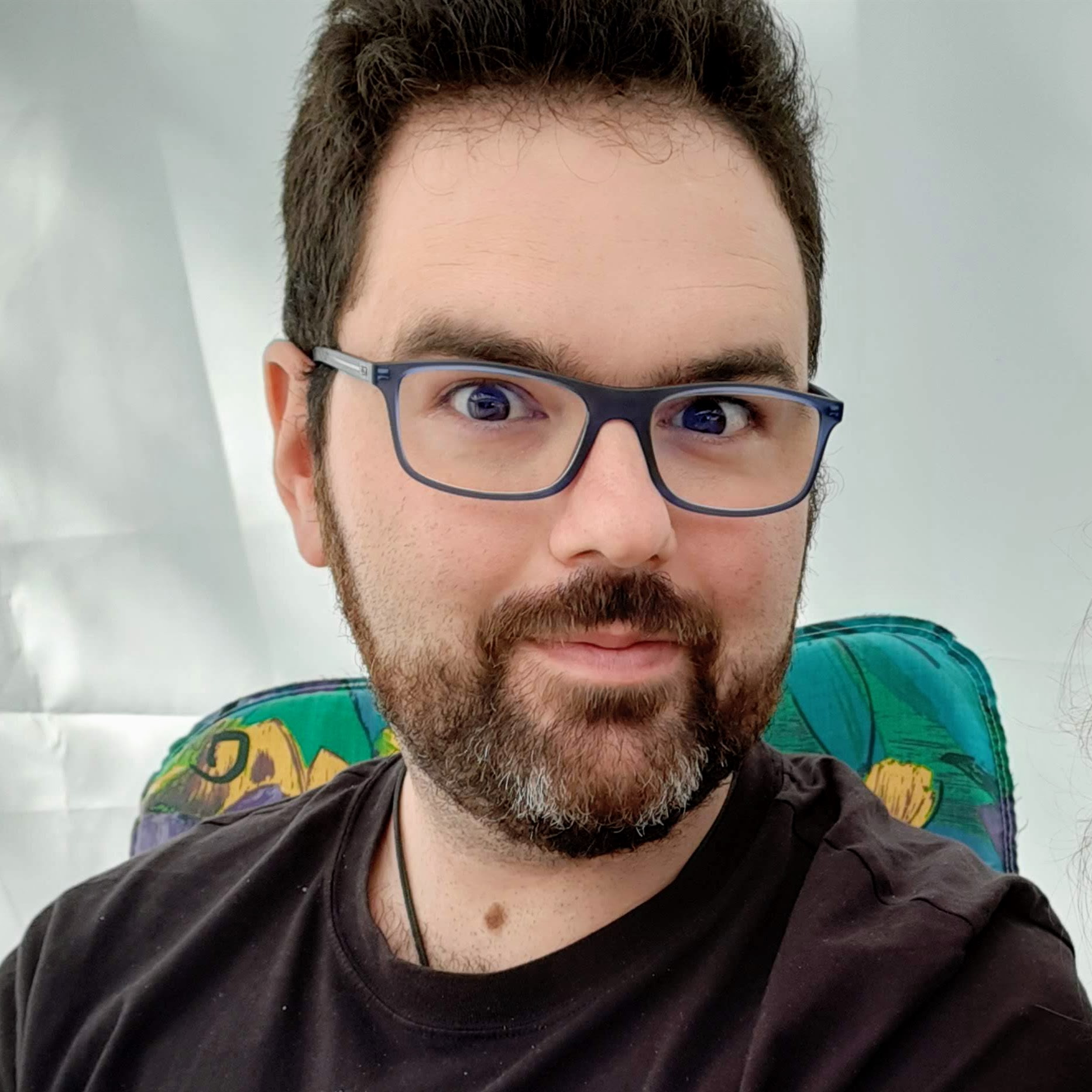Cited By
View all- Kokologiannakis MMarmanis IVafeiadis V(2024)SPORE: Combining Symmetry and Partial Order ReductionProceedings of the ACM on Programming Languages10.1145/36564498:PLDI(1781-1803)Online publication date: 20-Jun-2024
- Abdulla PAtig MDas SJonsson BSagonas K(2024)Parsimonious Optimal Dynamic Partial Order ReductionComputer Aided Verification10.1007/978-3-031-65630-9_2(19-43)Online publication date: 25-Jul-2024
- Abdulla PAtig MGodbole AShankaranarayanan KVahanwala M(2024)Fairness and Liveness Under Weak ConsistencyTaming the Infinities of Concurrency10.1007/978-3-031-56222-8_1(1-21)Online publication date: 20-Mar-2024
- Show More Cited By


